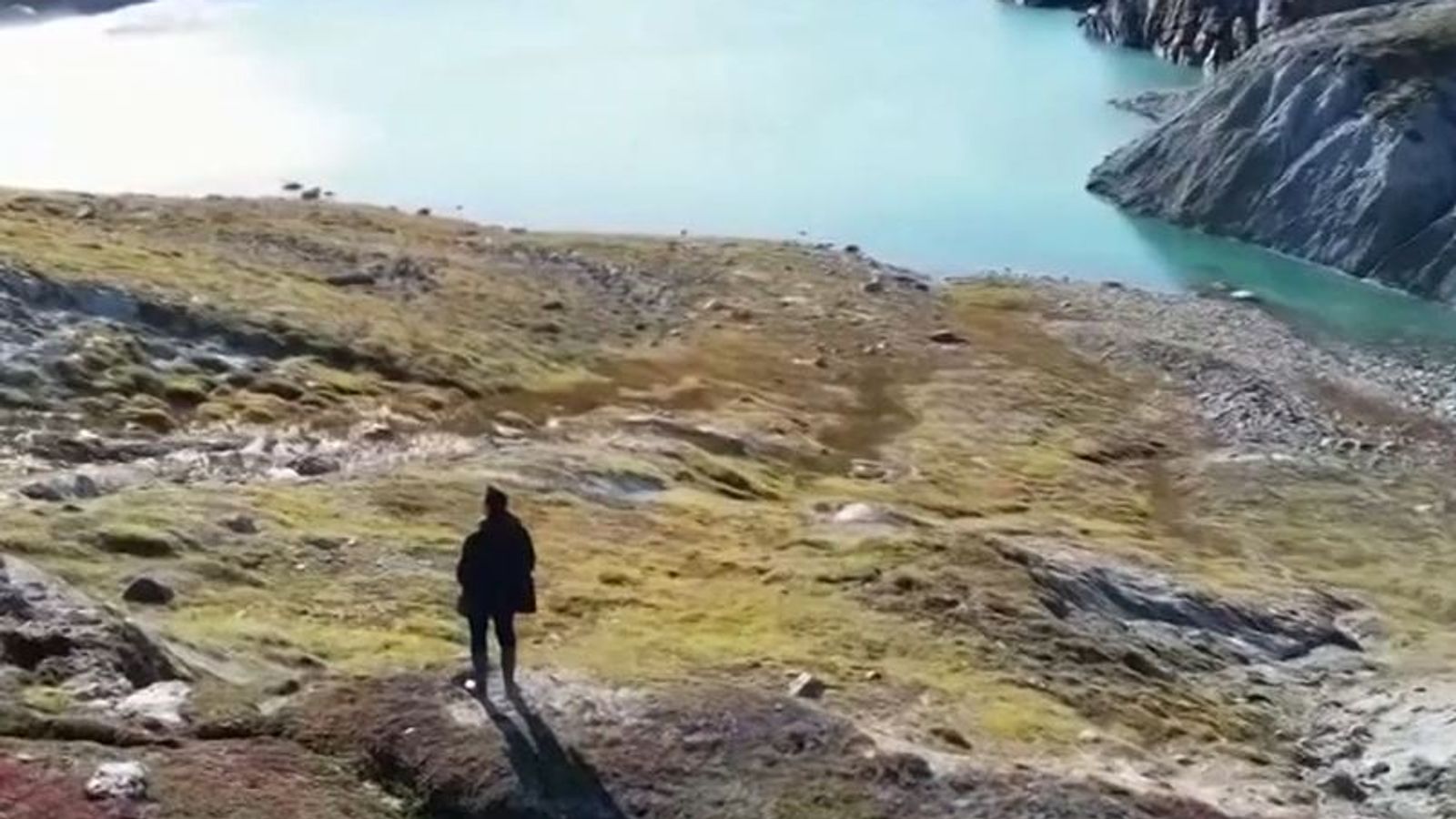Melting Greenland glaciers are releasing nutrient-rich silt with potential agricultural applications, according to experts in Copenhagen.
Scientists are examining a way in which the consequences of global warming could deliver a way to fight against its effects.
Described as a “kind of wonder material,” by native Greenlanders, the ultra-fine silt has a proven ability to absorb carbon dioxide from the air when applied to farmland, Professor Minik Rosing and his team at the University of Copenhagen have found.
Roughly one billion tonnes of the silt known as ‘glacial rock flour’, is deposited on the world’s largest island each year.
The silt is crushed to nanoparticles by the weight of the retreating ice sheets, which allows plants more access to nutrients including potassium, calcium and silicon, compared to normal farmland.
Tests indicated that one tonne of glacial rock flour can absorb between 250 and 300 kilograms of CO2 when applied to fields, potentially allowing farmers to sell that as carbon credits.
With vast amounts easily available on Greenland’s shores, Prof Rosing says it could be an alternative to sourcing rock dust from mines or mechanically crushing it.
India: Authorities considering New Delhi lockdown to cut dangerous air pollution levels
COP26: Alok Sharma insists Glasgow climate summit ‘delivered’ – but it’s claimed 1.5C warming goal is now in ‘intensive care’
The Bahamas: ‘If we give up now, all hope is lost’ – the island in desperate need of climate justice
However, experts also see it as a potential sustainable alternative to conventional fertiliser.
Scientists at Carlsberg found that adding 25 tonnes of glacial rock flour per hectare, increased crop yield on barley fields in Denmark by 30% for two consecutive years.
Similarly, researchers from the University of Ghana, managed to increase maize yields by 30% using glacial rock flour to offset the impact of rain and heat on poor farmland.
Larger-scale field tests are planned in years to come in Denmark and Ghana to assess whether it is economically viable to ship the material to farmers around the world.
Testing on other soil types in Australia, France, Italy and the United States is set to begin next year.
The idea of applying silt to farmland is not new and several studies have shown that by-products from mines or quarries can improve soil quality. But the method has gained interest due to the added benefit of absorbing CO2.
When the silt dissolves in rainwater it releases its nutrients and undergoes a chemical reaction that locks in carbon dioxide from the atmosphere.
The solution is then washed out with drainage water and eventually deposited on the seabed as carbonate minerals.
Prof Rosing’s team has asked Novo Nordisk Foundation, owner of drug-maker Novo Nordisk, to extend its financing of the project.
Greenland’s government hopes the mud can one day generate much-needed revenue as an alternative to dirtier forms of mining.
Scientists claim that a large-scale success could improve food security and economic imbalances caused by poor quality farmland worldwide.
Geological surveys suggest the best farmland in North America and Europe was once covered by ice during the last ice age.






















